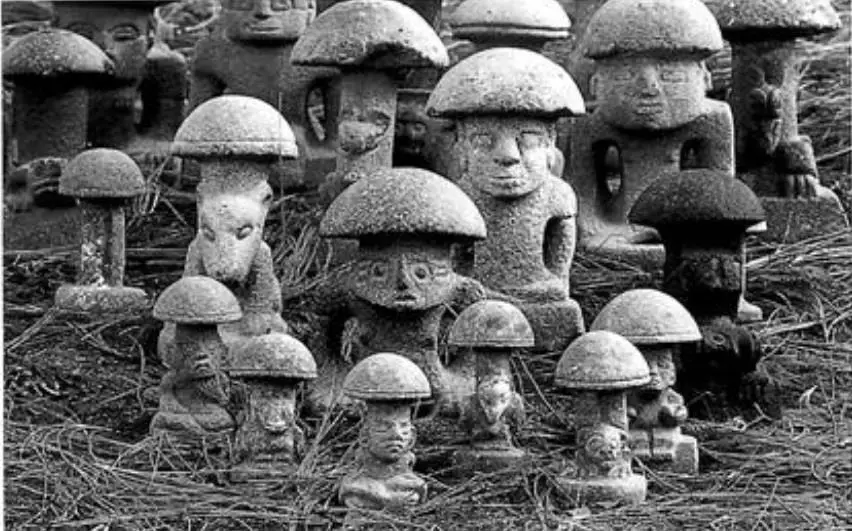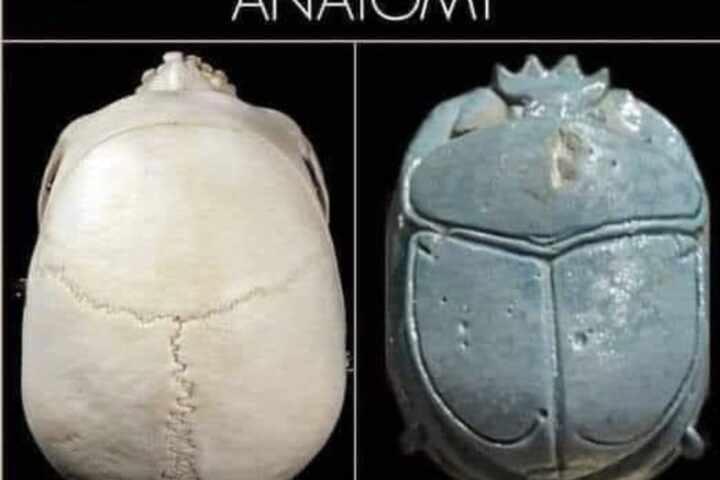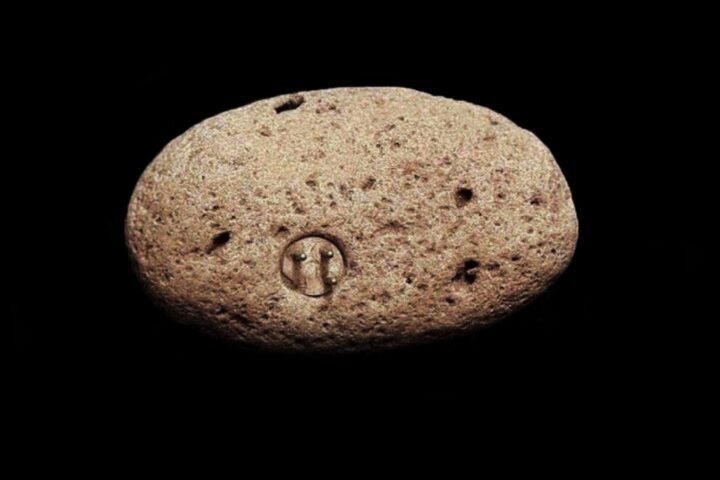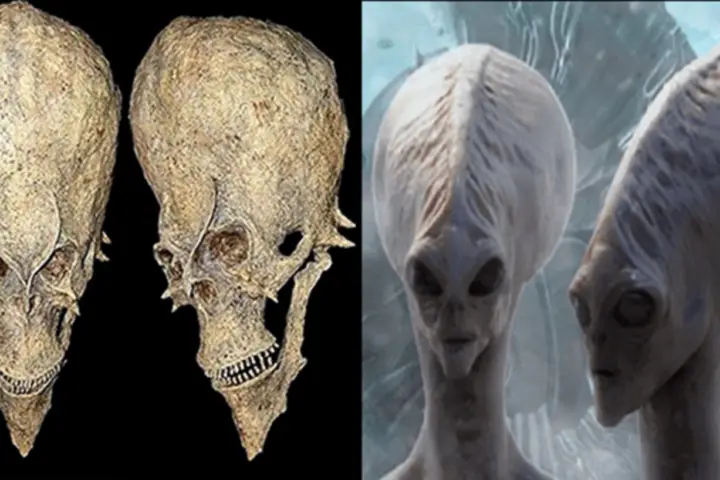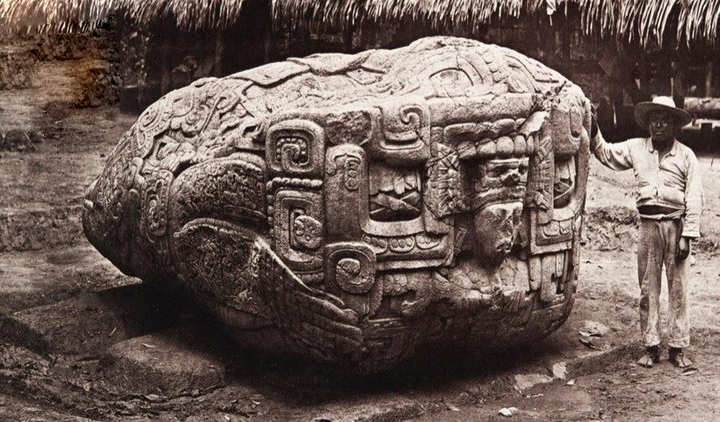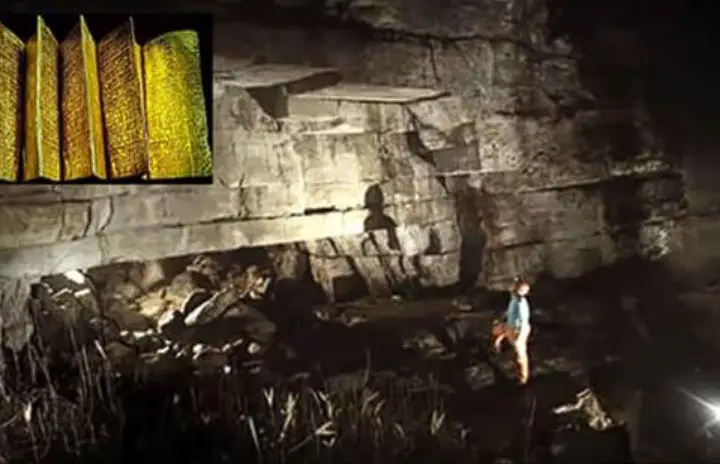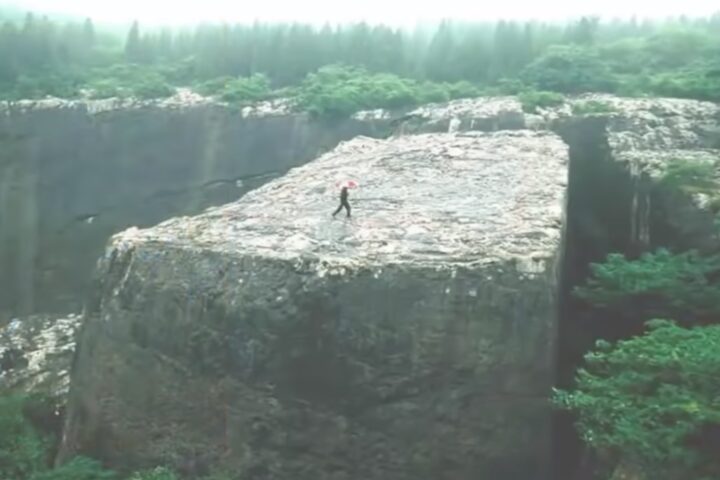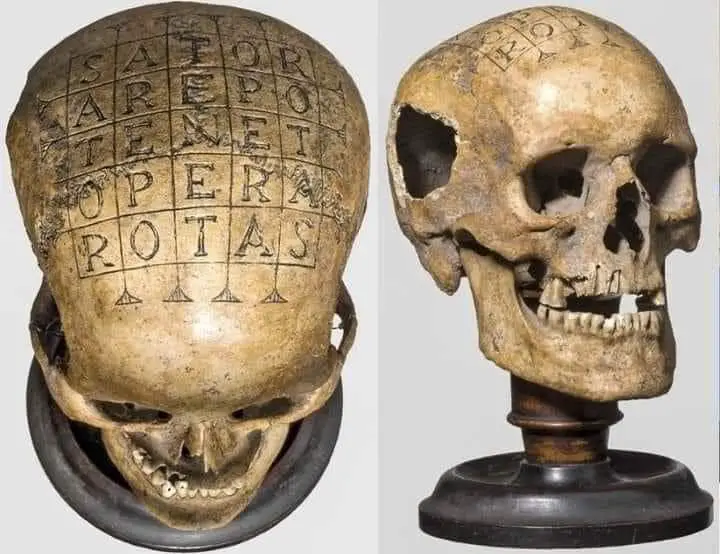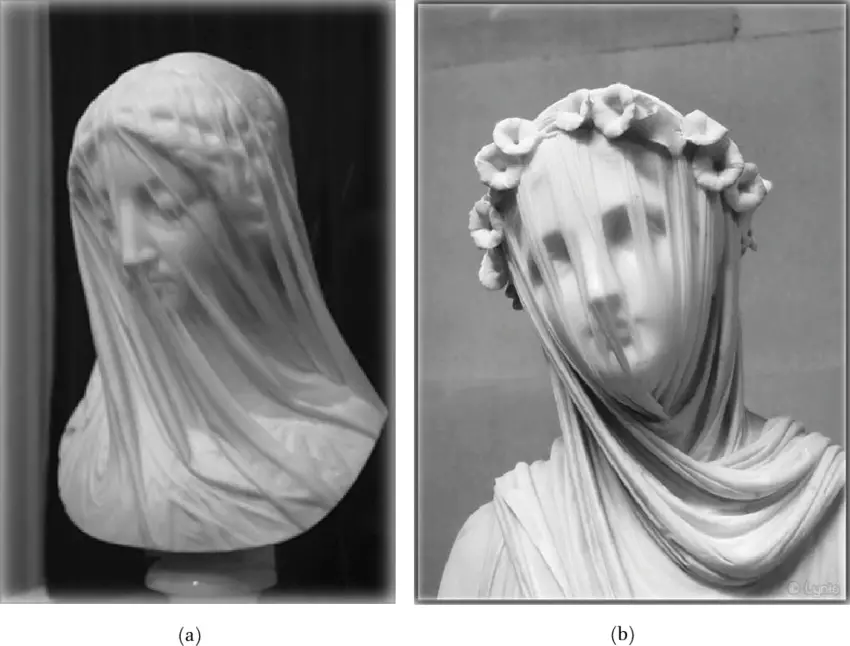Introduction: In the ancient Maya ruins of Kaminaljuyu, located in present-day Guatemala, a remarkable archaeological find reveals insights into the ceremonial practices of a civilization that thrived 2,500 years ago. Here, ‘mushroom stones,’ intricate carvings depicting mushrooms, were employed in rituals involving psychedelic mushrooms, offering a glimpse into the spiritual and cultural life of the Maya people.
The Discovery of Mushroom Stones: Archaeologists excavating the site of Kaminaljuyu unearthed these fascinating stone carvings, which are believed to have been used in sacred ceremonies involving hallucinogenic mushrooms. These artifacts provide evidence of the early use of psychoactive substances in Mesoamerican religious rituals.
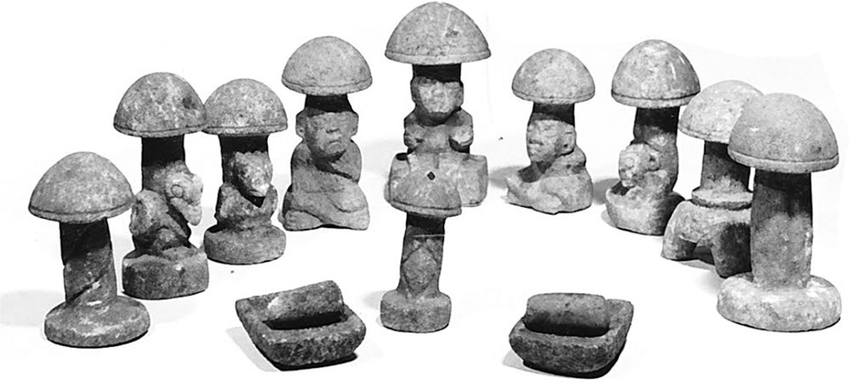
Cultural Significance: The use of psychedelic mushrooms in Maya rituals signifies a deep connection with nature and the spiritual world. These ceremonies were likely integral to their religious beliefs, healing practices, and communal gatherings.
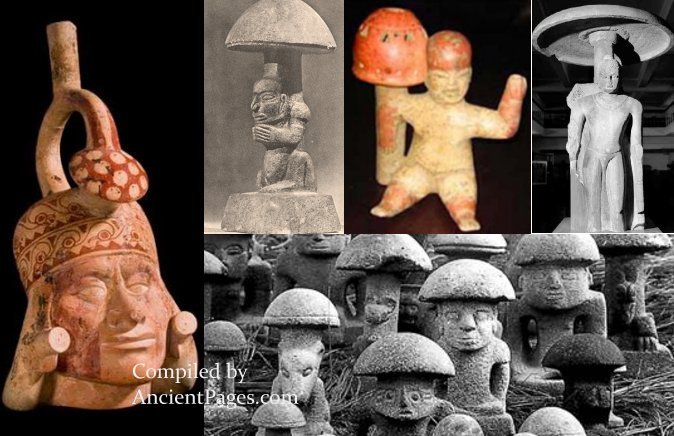
The Artistry of Mushroom Stones: The mushroom stones are not only culturally significant but also display the artistic skill of the Maya. Each stone is meticulously carved, showcasing the craftsmanship and aesthetic sensibilities of the period.
Conclusion: The mushroom stones of Kaminaljuyu provide a fascinating lens through which we can view the ancient Maya civilization. They reveal a culture deeply intertwined with the natural and spiritual world, where art and ritual blended seamlessly.

